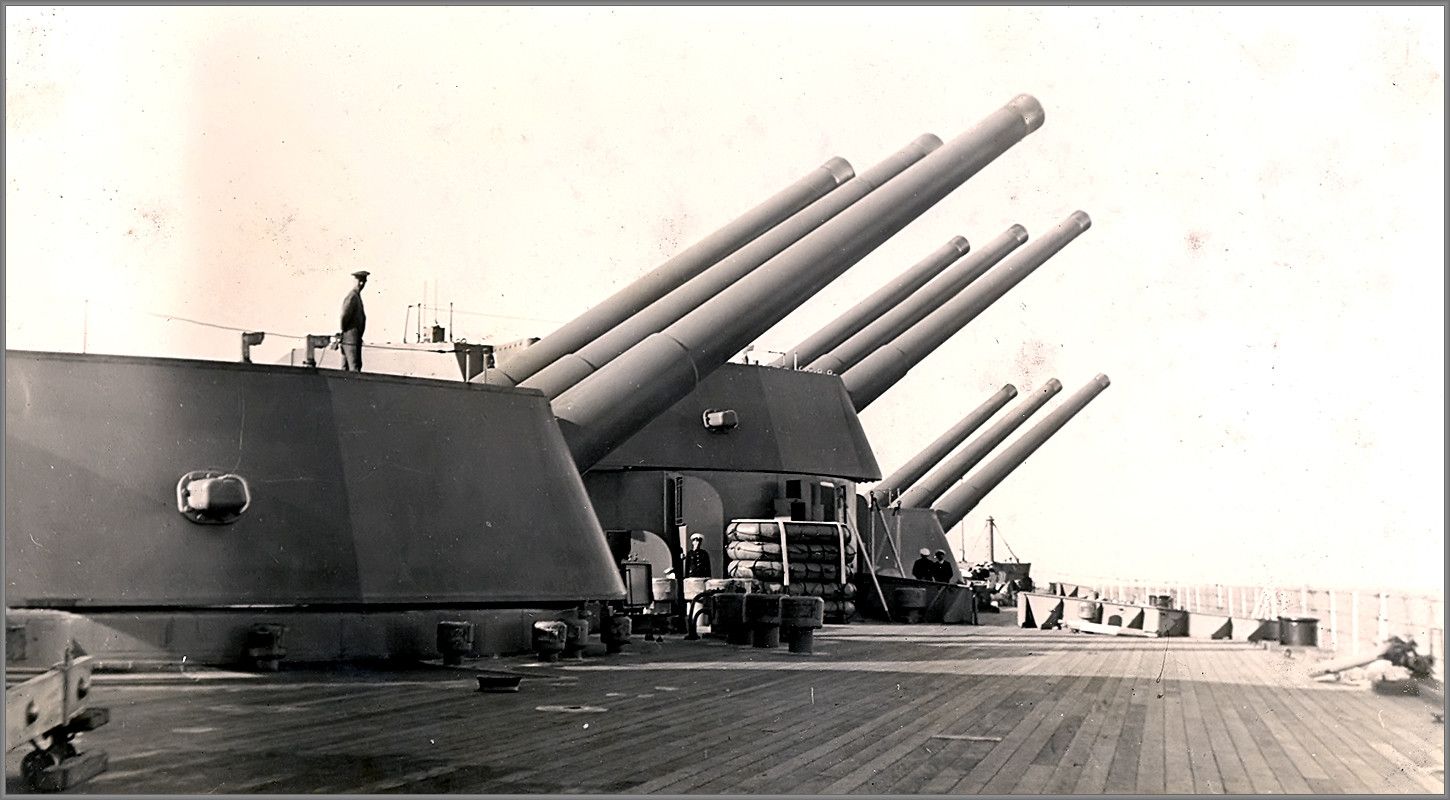

The problem was that it hinged on a very thin threat of luck, because the Germans had placed everything on a single card, massing all their armor to be thrown into this Bulge to achieve a strategic victory, on which depended the entire campaign in Russia. This indeed was the plan of the Soviet high command (Stavka) in Moscow. Once the initiative had been achieved and the enemy had been worn down sufficiently, well concealed strategic reserves would be committed to finish off the remaining German force. But by allowing the Germans to strike first at the target area would give the Red Army an opportunity to wear down German Panzer formations against pre-prepared positions, thereby shaping the force in its field ratio heavily against the enemy. The frontal bulge created in the front-line around Kursk made it an obvious and tempting target to the Wehrmacht. Moreover, it would have forced the Soviets to delay their planned summer offensive and might have allowed the Wehrmacht its desperately needed breathing space on their battered Eastern Front. If their plan succeeded, the Germans would encircle and destroy more than five Soviet armies, letting the “Victory Bells” ring in Berlin again, after the moral blow of the Stalingrad catastrophe shattered the peoples’ mood. The original German plan, was to pinch off a large bulge created in the Eastern Front, extending 70 miles westward, presenting an ideal target for a twin pincer attack, which German Panzer leaders had successively mounted with devastating effect.

The German campaign plan Russian infantry riding a T-34 tank on an assault during the Kursk campaign, 1943.


 0 kommentar(er)
0 kommentar(er)
